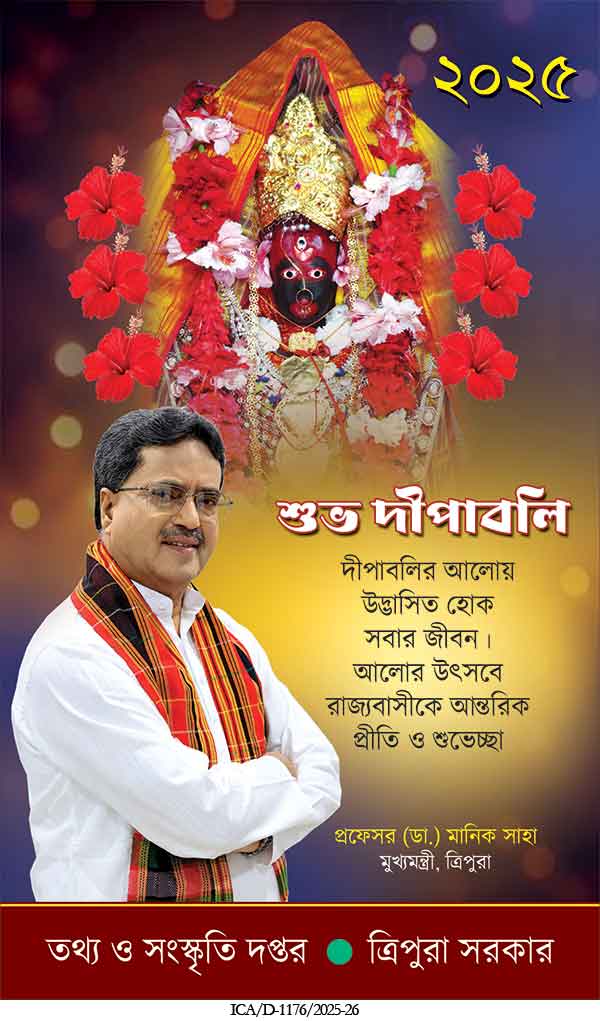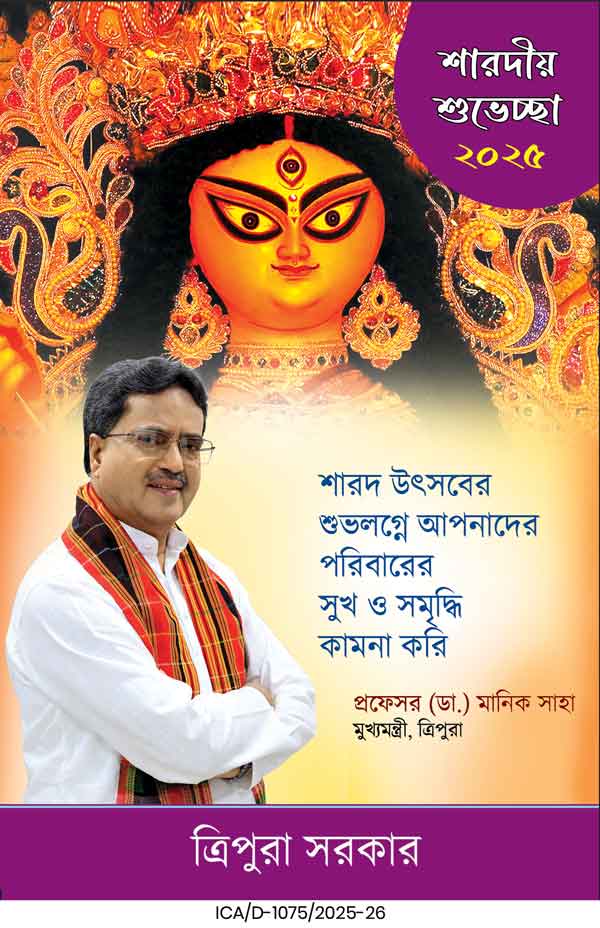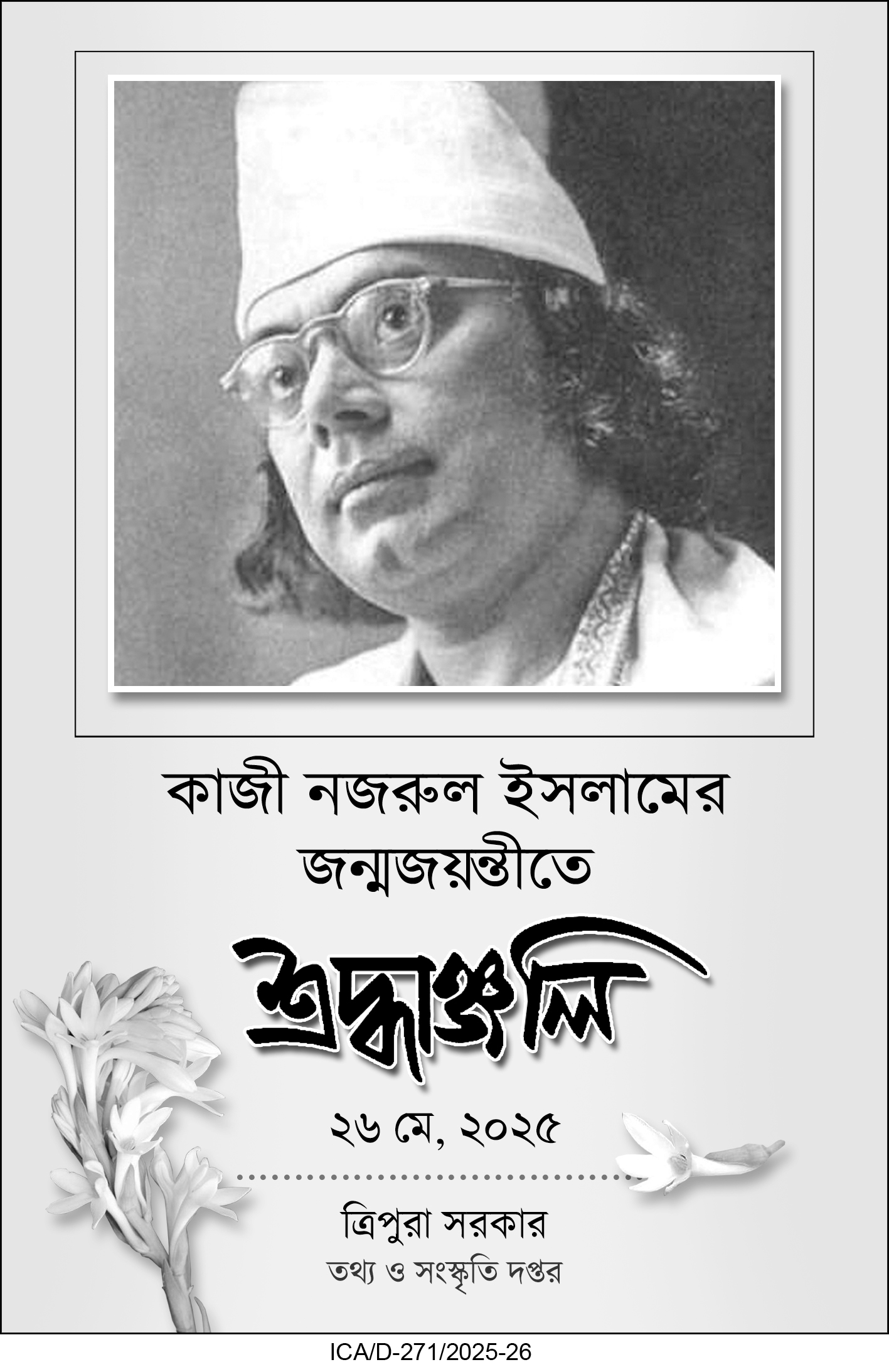Tripura Tourism Minister Sushanta Chowdhury visited the “Streetculture 3.0” exhibition in Agartala, celebrating urban vibrancy through 150+ artworks. The exhibition highlighted street culture as a mirror of history, creativity, and community life, fostering deeper appreciation of urban narratives.
In a vibrant showcase of urban artistry and community expression, Tripura’s Tourism Minister Sushanta Chowdhury visited the “Streetculture 3.0” exhibition at the Rabindra Shatabarshiki Bhavan in Agartala on Monday. The event, jointly organized by Vision Art, Tripura Tourism, and the Department of Information and Cultural Affairs, highlighted the multifaceted nature of street culture and its impact on modern urban life.
Minister Chowdhury, who later shared his reflections on social media, noted that street culture is not confined to physical streets alone. Instead, it represents the lifestyles, traditions, art, fashion, and social practices that evolve around public spaces. He described it as a dynamic socio-cultural context, embodying both history and contemporary life while reflecting the resilience and creativity of everyday people.
“Street culture is a mirror to the vibrancy and social identity of a community. Streets are not merely open spaces; they are social hubs where communities shape their rhythm, creativity, and order,” said Chowdhury.
The Concept of Street Culture
Street culture is deeply rooted in local identity. It is formed when art, fashion, heritage, and people’s daily lives intersect in shared spaces. In many cities, streets are more than routes of travel—they become platforms for artistic expression, cultural dialogue, and social commentary. According to Chowdhury, street culture in Tripura holds immense potential for strengthening local identity while also appealing to tourists seeking authentic cultural experiences.
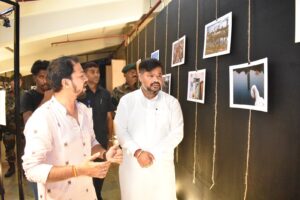
In his bilingual remarks, Chowdhury emphasized that the culture of streets evolves with time as diverse influences—ranging from history to contemporary lifestyles—intermingle. He lauded the efforts of the organizers for putting forward an exhibition that brings this fluid, ever-changing cultural phenomenon into sharp focus.
Inside the Exhibition
Curated by Rajeeb Debnath and Subhrajit Deb, the “Streetculture 3.0” exhibition presented an extensive collection of over 150 photographs and artworks, thoughtfully divided into six thematic sections. Each section offered a distinct lens through which visitors could engage with the urban landscape, examining how streets act as both literal and metaphorical canvases for human interaction.
The curators designed the exhibition to foster deeper understanding of street photography and urban narratives. From portraits capturing daily struggles and celebrations to visuals of graffiti, architecture, and spontaneous human connections, the exhibition revealed how streets embody the pulse of a city.
Every artwork explored a unique dimension—be it resilience in adversity, joy in festivity, or creativity in the face of challenges. Collectively, the sections portrayed how urban environments constantly shape and are shaped by those who inhabit them.
Sushanta’s Reflections
On social media, Chowdhury shared excerpts in both English and Bengali, reinforcing the inclusivity of the message. His words emphasized that streets have historically served as gathering points for dialogue, trade, creativity, and cultural exchange. By participating in the exhibition, he highlighted the government’s recognition of the importance of grassroots art and cultural initiatives in shaping a holistic tourism narrative for Tripura.
He further extended his congratulations to the organizers, encouraging similar initiatives in the future that spotlight the dynamic intersection of art and public life.
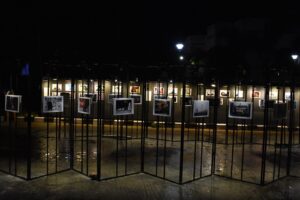
A Collaborative Cultural Movement
The collaboration between Vision Art, Tripura Tourism, and the Department of Information and Cultural Affairs underscores the role of partnerships in promoting culture. By supporting exhibitions like Streetculture 3.0, the state is not only nurturing its local artistic community but also creating avenues for global engagement.
In an age where urban spaces are rapidly transforming, exhibitions like this remind people of the emotional and cultural wealth embedded in everyday streets. They also encourage a dialogue between tradition and modernity—something especially relevant in cities like Agartala that balance heritage with contemporary growth.
| Also Read: Srishti marks 21st annual function with cultural fervour |
The “Streetculture 3.0” exhibition is more than an artistic showcase—it is a cultural statement. It celebrates the resilience, vibrancy, and creativity of ordinary people while reinforcing the idea that the soul of a city lives on its streets. With Minister Sushanta Chowdhury’s encouragement, the event has set a precedent for future initiatives that bridge art, culture, and community engagement in Tripura.

